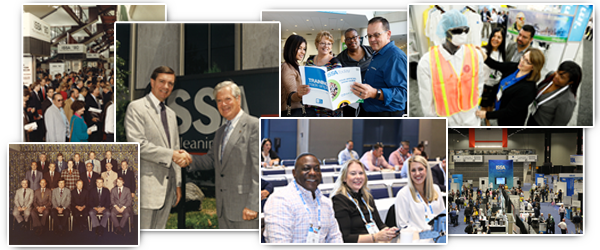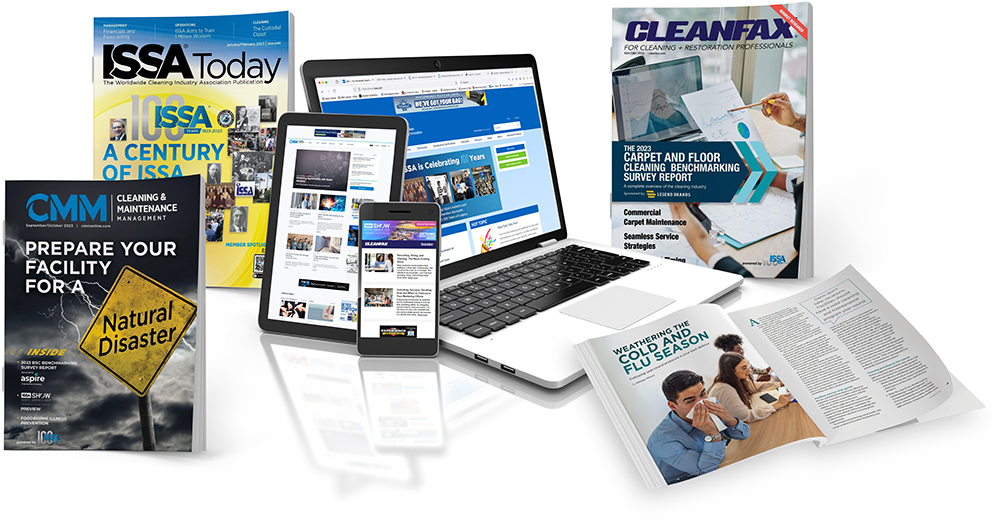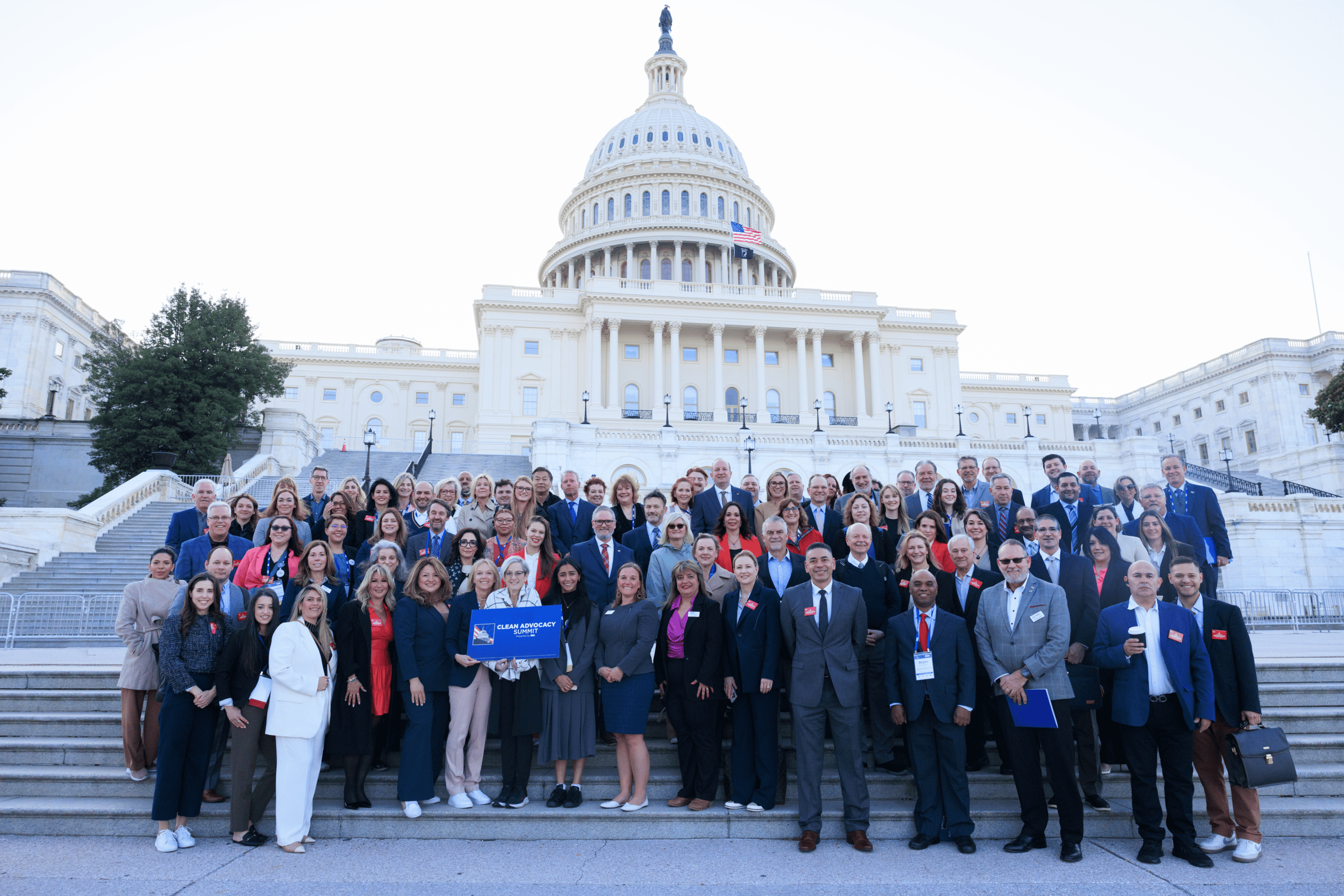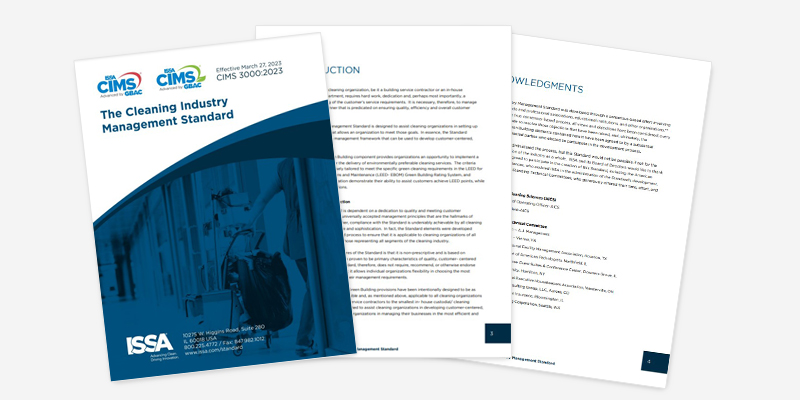Moving From Continuous Appearance to Continuous Improvement

The Latin phrase, “Esse Quam Videri,” or in English, “To be, rather than to seem,” is the motto of the state of North Carolina. It highlights the importance of knowing the difference between how things may appear and how they actually are.
In a world increasingly driven by perception, branding, and marketing, the distinction between continuous appearance and continuous improvement has never been more crucial. While the former focuses on maintaining a polished facade for short-term gain, the latter addresses the need for genuine professional growth and success.
This article will discuss how to avoid the continuous-appearance trap (how things seem) by facing reality (how things are) through a continuous-improvement approach to success.
Two-way flow
Think of a pond versus a stream. In the continuous-appearance trap—like water in a stagnant pond—a cleaning operation may be superficially successful when it’s in decline. At the same time, a continuous-improvement program drives a true stream of benefits based on a flow of information and service enhancements. We also refer to these programs as CA and CI.
CI involves two-way information flow as key to the value stream between customers, management, and workers who collaborate on desired outcomes, scope of work, standardized tasks, training, and human resource development. This process begins with managers asking the right questions.
Questions to ask
The book, Avoiding the Continuous Appearance Trap, by Patrick Adams, suggests CI managers ask questions such as:
- What are our goals? Is the organization designed to meet these goals, and who is responsible for tracking progress toward achieving them?
- Where are we now? What is our one-year vision for where we want to be, and has this been communicated to all stakeholders?
- How are we spending our time? How much of it is spent where and while the work is done, rather than in an office?
- How did we improve our work today?
Scope and standardized work
CI managers develop a scope of work through dialogue with customers and workers (the team) to guide the cleaning process to desired outcomes. They achieve this by initially standardizing and then improving tasks through a process of asking, “Who does what, when do they do it, how do they do it, and why do they do it that way?”
This provides a baseline for improvement, as without standardizing work or establishing common practices, there is nothing concrete, consistent, or meaningful to improve upon.
Training, suggestions, and human resources
Staff training and development sessions build on CI’s standardized work, in which managers consult with workers for suggestions, adopting the best ones as part of the ongoing dialogue. An example of this might be a small building service contractor (BSC) setting a goal of 120 employee suggestions per year, or 10 suggestions per person.
While management makes the final decision on which ideas become part of the standardized process, the goal is not to let perfection interfere with progress.
Gains often include more consistent quality, productivity, and continuous or one-piece flow—where each worker knows how to start, where to start, and how to clean without backtracking, while minimizing wasted time, energy, and resources—plus human resource benefits.
A 2001 study, “The relationship between training and organizational commitment: A study in the health care field,” published in the Human Resource Development Quarterly (HRDQ), found a “direct, positive relationship between employees’ perceptions of training and their organizational commitment … [and] that when employees feel their organization invests in their growth through training, they are more likely to feel valued and … are less inclined to leave their jobs.”
A 2012 meta-analysis of training impacts by Alan M. Saks and Lisa A. Burke found a significant positive relationship between structured training, retention rates, and higher levels of job satisfaction.
LinkedIn’s 2023 Workplace Learning Report found that companies that prioritize employee development and continuous learning have retention rates up to 50% higher than those that do not, and that workers who have access to skills development are 2.9 times more likely to stay with their employer.
Promoting from within
Studies consistently show that promoting from within improves performance, retention, and employee morale, while reducing costs as internal candidates are more effective due to their greater organizational knowledge, cultural alignment, and mature networks.
A 2011 study published in the Administrative Science Quarterly found external hires were paid 18-20% more than internal promotions for the same jobs, but performed worse and were more likely to be dismissed. In 2016, the Harvard Business Review summarized research showing increased productivity, morale, and retention through internal promotion.
CI is necessary in today’s world
Moving from continuous appearance to continuous improvement is a necessity. By prioritizing two-way learning, asking and answering the right questions, standardizing and then improving work, and committing to ongoing training and human resource development, such as promoting from within, stakeholders can unlock professional and organizational success through the flow of related benefits.
Allen Rathey is an educator specializing in healthy facilities, director of the Indoor Health Council™, and founder and executive director of the 501(c)(3) [status pending IRS final approval] Indoor Exposure Index™.
Malcolm Smith is the founder and CEO of Victory Lab Micro-Clean, a building services firm providing hygiene solutions for environments where health is more important than aesthetics.
Sidebar
Breaking the Ice
Like the tip of an iceberg, the CA trap appears harmless and navigable; that is, cleaning may look satisfactory, while the corporate culture beneath the surface is a mass of poor communication, complaint-driven processes, reactive rather than proactive management, with little opportunity for career advancement.
Truly “breaking the ice”—beyond just a conversational gambit—means addressing the totality of the problem, both above and below the water, as part of a successful CI program.





